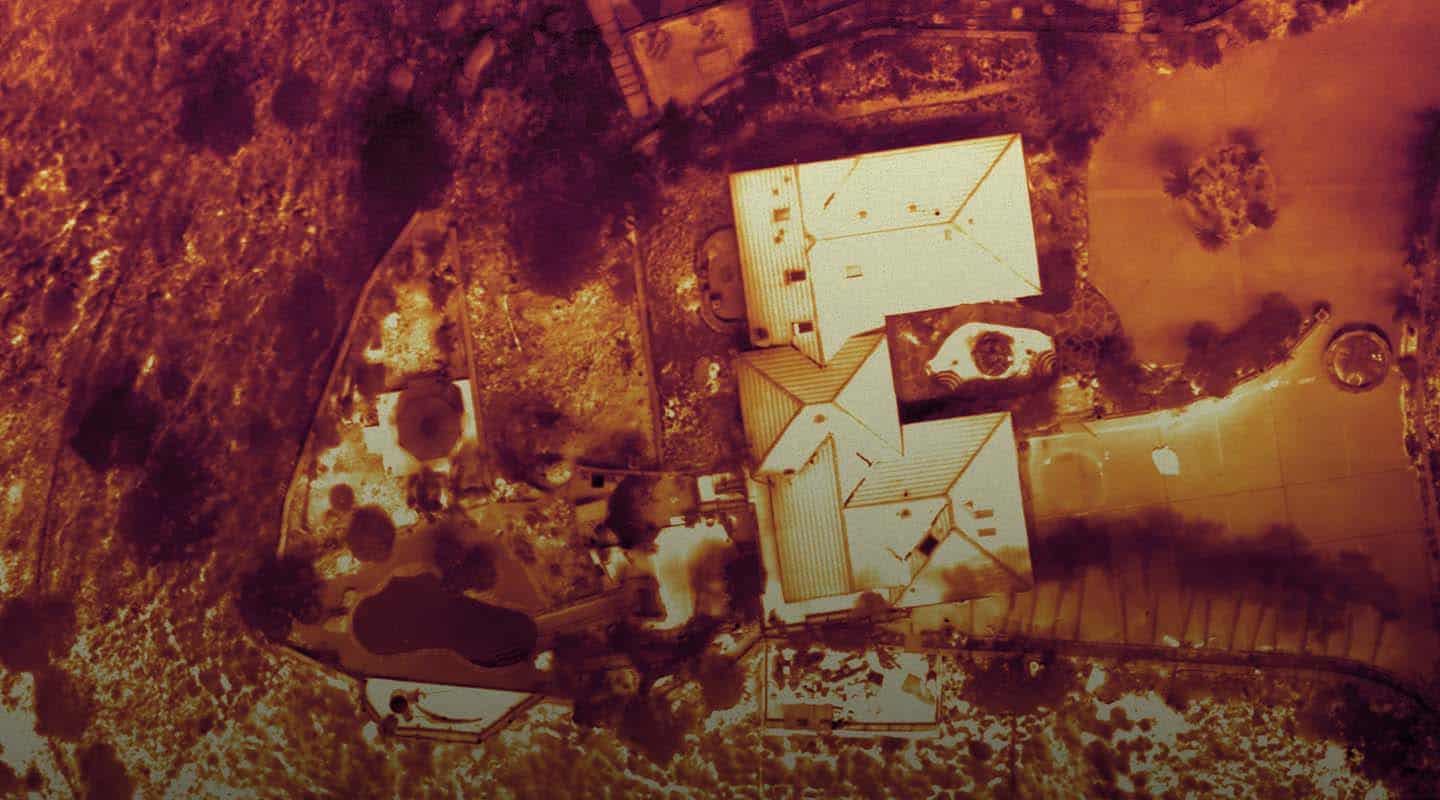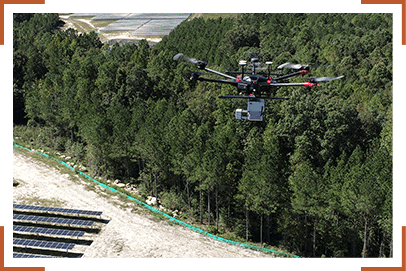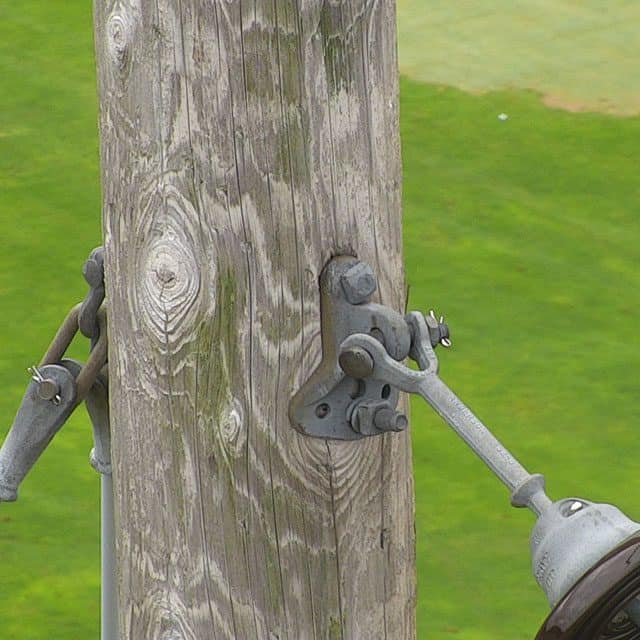
Drone Inspection Services
Improve the safety of your worksite
In industries where regular equipment, structure, and site inspections are necessary for safety and regulatory compliance but accessibility and safety are concerns, drone inspections are an excellent alternative. With our team of experienced, licensed pilots, we can provide you with drone inspections that improve the safety of your worksite without sacrificing the attention to detail needed to keep equipment and structures properly maintained.
Using Drones for Industry Inspections
Inspectors can review the collected data in comprehensive detail.
Visual inspections are necessary across almost all industries, from industrial HVAC equipment to the tops of cell phone towers.
Having an experienced, qualified inspector with an eye for detail and the knowledge to spot potential problems is essential to keeping everything in proper working order. It also helps to prevent accidents and disasters resulting from damaged or aging equipment.
Inspections are often needed for dangerous or difficult to reach places, such as inside boilers or underneath and at the tops of bridges, requiring special safety equipment and a team on hand in the event of an accident. Instead of dealing with the challenges of a manned inspection, we can send a drone to get clear 360-degree assessments remotely, then zero-in for granular inspections where indicated (for example, around the outside of a support beam or cement pour to check for movement, cracks, or other problems).

Why Choose Drone Inspections for Your Project
When considering a method of site inspection, there are a number of benefits of drone inspections to consider.
Reducing Costs
Drone inspection is more cost-effective than using ground crews or traditional aviation methods such as surveying land via helicopter. Since an overwhelming majority of inspections are completed without the need for further action, minimizing the use of expensive equipment (such as spending hours and thousands of dollars in labor cost to construct unnecessary scaffolding) can save tens or hundreds of thousands of dollars a year. Additionally, minimizing the need to work in dangerous conditions can also reduce liability insurance costs.
In addition to the outgoing costs of labor and equipment for safety, scaffolding, and insurance, consider the costs of downtime that come from having to shut down certain equipment before an inspection. Using a drone allows the inspection to be completed more quickly, minimizing downtime and the ensuing costs.
Faster Project Lifecycle
From requirements to sign-off, drone aerial imaging makes it possible to keep projects on track and on budget throughout the entire project lifecycle. In addition to exposing issues before they create hazards or delays, drone inspections simplify the compliance documentation and the reporting aspects of a project.
When used for inspections, drones are a powerful tool in a civil construction professional’s toolbox. Drone usage in industrial inspection saves money, protects workers, and helps speed projects to a safe completion.
Safety
The leading reason is safety. Often, inspectors must climb hundreds of feet in the air where a fall could be fatal or face hazardous conditions in compact spaces in order to do a step-by-step visual inspection. A drone reduces this risk by accessing difficult locations remotely and checks the integrity of the structure itself. If repairs or physical maintenance is needed, inspectors can determine if it’s safe to climb or if additional equipment is needed.
Improved Documentation
Drone footage highlights changes in a structure or piece of equipment over time. For example, if there’s a concern (such as a crack in cement) that doesn’t need immediate repair but does call for continued monitoring, previous and current data can be compared to determine if the crack has grown or changed over time. This can also minimize liability in the event of an accident or issue with a previously inspected piece of equipment or item.
Beyond Visual Inspections
Not everything can be inspected visually. Thermal, multi-spectral and topographical views from drone imaging support a variety of advanced inspection tasks. Drones equipped with thermal imaging cameras can detect differences in temperature which may indicate surface degradation, cracks, or other flaws.

Industries Using Aerial Inspections
Many industries with hard-to-reach inspection sites are increasingly turning to drones to complete them. We see drone inspections them primarily in the following industries:
- Agriculture – to monitor health of crops and livestock and to look for concerns in land conditions.
- Chemical industries – to ensure storage containers, heat exchangers, pressure vessels, and other assets are in good repair.
- Infrastructure – to determine the structural integrity of bridges, water towers, and other structures.
- Utilities and power companies
- Mining – to determine structural integrity of the underground space after large veins of ore have been extracted.
Get A Quote
Take Your Project To New Heights
Whether the project takes us to a major metropolitan city, a mid-sized town, or a rural area far away from civilization, we’re ready to deploy FAA-certified pilots and follow stringent safety measures. Connect with FlyGuys for a quote, and let’s explore the right solution for you.
Please note that we are currently unable to assist in the search for missing pets. This limitation is due to the specific challenges and regulations associated with using drones for such purposes.